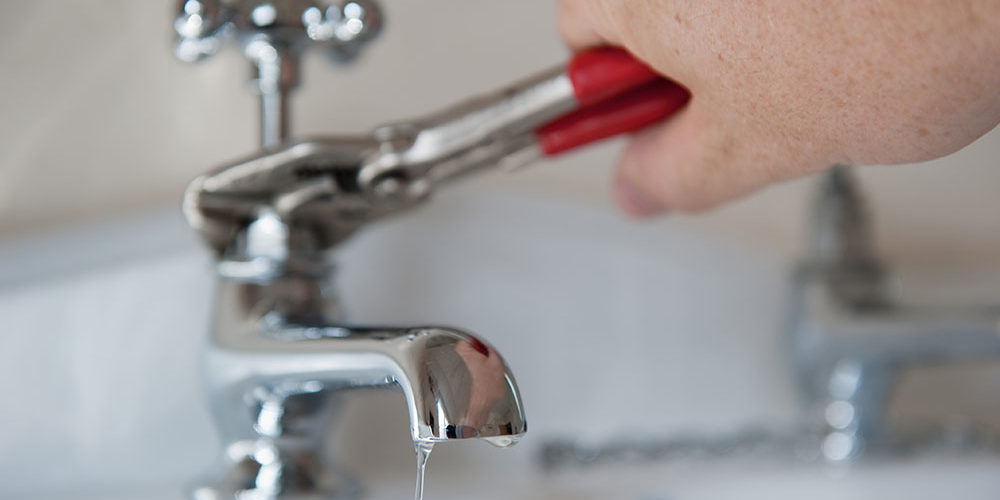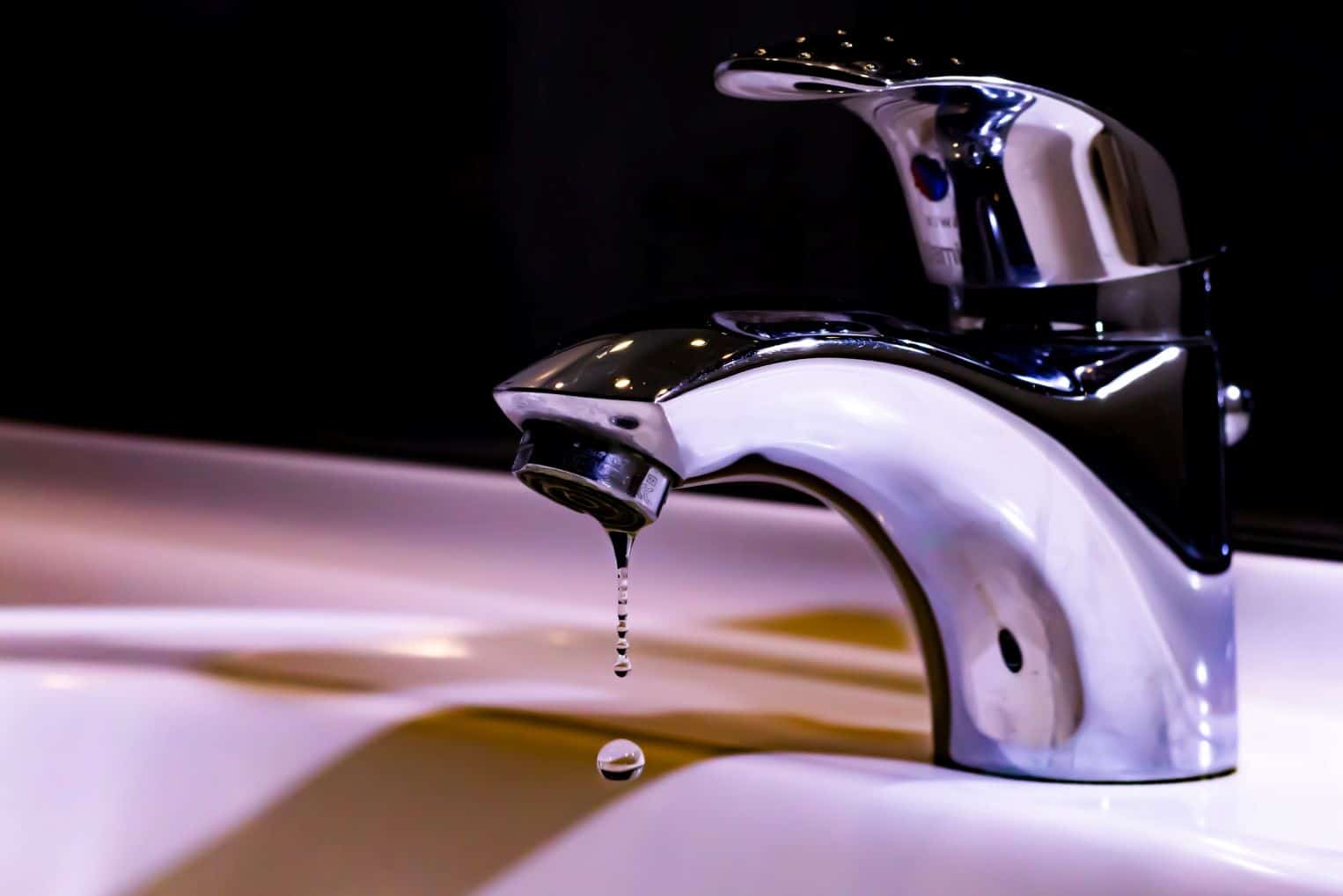This post which follows on the subject of Causes and Consequences of a Leaky Faucet is pretty much informative. Don't miss it.

Intro
A dripping tap could feel like a small annoyance, but its consequences extend much past the periodic drip. Understanding the results of a leaky tap is important for both home owners and the environment. In this short article, we'll discover the different effects of this common household concern and why resolving it quickly is essential.
Causes of Leaky Faucets
Dripping faucets can arise from a range of variables, including wear and tear, high water stress, and corrosion. Gradually, the constant use faucets can cause damaged seals and gaskets, creating leaks to create. Additionally, excessive water stress can place strain on plumbing components, bring about leakages. Rust and rust can additionally damage tap components, making them prone to leak.
Water Waste
One of one of the most considerable consequences of a dripping faucet is water wastage. Also a little drip can add up to gallons of drainage in time. This not just drives up water costs but additionally contributes to water deficiency and environmental destruction. Dealing with dripping faucets immediately is crucial for saving this precious resource and decreasing its impact on the earth.
Financial Impact
In addition to drainage, dripping taps can also have a considerable economic influence. Increased water bills are a direct repercussion of water waste, setting you back home owners thousands of bucks annually. Additionally, the expense of repairing water damage triggered by leaks can be substantial, especially if left unattended for an extensive duration.
Ecological Effect
The environmental impact of dripping taps prolongs beyond water wastefulness. By preserving water, house owners can contribute to wider efforts to minimize water shortage and protect all-natural environments. Sustainable choices such as rainwater harvesting and water-efficient components can additionally reduce the ecological footprint of household water usage.
Technological Solutions
Innovations in technology have resulted in the advancement of wise faucets and water-saving tools that help lessen water wastefulness. Smart faucets utilize sensing units to detect activity and adjust water flow appropriately, lowering waste without compromising benefit. Water-saving tools such as aerators and low-flow showerheads are also effective in conserving water without endangering efficiency.
Worldwide Point of views
While leaky taps might look like a localized concern, they contribute to broader international difficulties such as water scarcity and environment adjustment. In areas already dealing with water tension, every decrease counts, making leakage prevention and repair work crucial. By taking on water-saving practices and buying lasting modern technologies, house owners can play their component in addressing these pushing international problems.
Regulative Measures
Government guidelines play a vital function in reducing the influence of dripping faucets and promoting water conservation. From constructing codes that require water-efficient components to water-saving incentives and rebates, policymakers have a variety of tools at their disposal. By executing and imposing these regulations, governments can ensure that house owners focus on water preservation in their day-to-days live.
Neighborhood Effect
Dealing with leaky taps needs cumulative efforts at the area level. By raising understanding about the value of water conservation and giving resources for leak discovery and repair work, local authorities can equip home owners to take action. Efforts such as water-saving refund programs and leakage discovery campaigns can incentivize behavior change and promote liable water usage.
Situation Researches
Real-life instances of the impact of leaking faucets highlight the significance of proactive maintenance and prompt repair work. From water damages to skyrocketing water expenses, the consequences of neglecting leakages can be severe. By sharing these study, home owners can better comprehend the value of dealing with leaking taps promptly.
Educational Campaigns
Educational campaigns play a vital duty in raising recognition concerning the results of leaky faucets and promoting water conservation practices. Through workshops, seminars, and online resources, homeowners can learn how to detect and repair leakages themselves. By encouraging people with understanding and tools, educational campaigns can cultivate a society of liable water use within communities.
Health Problems
Leaking faucets can develop favorable atmospheres for mold and mildew and mold growth, posturing health and wellness risks to owners. The existence of mold and mildew can intensify respiratory system problems and allergic reactions, especially in at risk individuals. Furthermore, water damages resulting from leaks can endanger the architectural integrity of buildings and bring about costly repair work.
Do it yourself vs. Specialist Repair
When faced with a leaking faucet, house owners often debate whether to attempt repair work themselves or employ an expert plumber. While do it yourself repair services can save cash, they may not always deal with the hidden issue effectively. Professional plumbers have the expertise and tools to identify and repair leakages properly, ensuring long-term solutions and comfort for house owners.
Preventive Measures
Protecting against leaking faucets needs regular upkeep and positive measures. Basic tasks such as changing worn-out washing machines and seals can avoid leakages from establishing. In addition, upgrading to high-quality components and reducing water pressure can aid prolong the life-span of taps and reduce the threat of leakages.
Conclusion
To conclude, the effects of a leaky tap expand much beyond the occasional drip. From water waste and raised water costs to health issues and environmental effect, the effects of overlooking leakages can be significant. By addressing leaky faucets promptly and adopting water-saving practices, property owners can reduce these effects and contribute to a much more sustainable future.
Why You Shouldn’t Ignore a Leaky Faucet in Your Home
What Causes a Leaky Faucet?
Various factors can cause a leak, from loose and worn-out parts to corrosion. Your faucet has four essential components from which most plumbing issues will stem: the O-ring, the valve seat, the washer and the gasket.
What Is an O-Ring?
The O-ring is a stem screw that fastens parts of the faucet in place, preventing water from leaking out of the spout. Depending on your faucet type, the stem might have multiple O-rings. Water will drip from the faucet’s handles and base if this part breaks or deteriorates.
What Is a Valve Seat?
The valve seat controls the flow and temperature of the water. Found at the base of the handle, it works as a seal for the faucet’s stem. The valve seat ensures the water is allowed to flow or is blocked as the handles dictate. You’ll know it’s malfunctioning when water leaks from your faucet’s sides.
What Is a Gasket?
The gasket is found between the water inlet and the valve stem. It creates a seal between the faucet and the sink, holding its joints by aerators attached to the stem’s head. Water will trickle out from the base if the gasket isn’t working.
What Is a Washer?
The washer secures the handles and prevents leakage, serving a similar purpose to the O-ring. While the O-ring is ordinarily round and made from an elastic material, such as rubber, the washer is square-shaped and composed of brass, copper and other hard metals. If it malfunctions, corrodes or has been improperly installed, water will leak out of the handles, causing that incessant faucet drip.
Why Is a Leaky Faucet Dangerous?
A leaky faucet left alone for too long can have significant consequences.
Pest Infestations
Since bugs and rodents gravitate towards the scent of water, a leaky faucet will draw pests to your sink. Both are looking for leaks accessible through crawl spaces, which a faucet provides. If you leave water dripping for too long, you run the risk of an infestation.
Rust
If one of the faucet parts has started to corrode, the resulting rust can spread to your pipes and valves with startling speed. The rust might even lead to cracks or other impairments, resulting in more severe plumbing issues.
Your sink could also sustain damage from a leaky faucet. The water in your tap possesses sparse elements of calcium and iron that can stain your sink with repeated and prolonged exposure. Once those elements in the water have been open to the air for some time, your sink will start to rust, creating marks that can be difficult to remove.
https://www.tomsmechanical.com/blog/why-you-shouldnt-ignore-a-leaky-faucet-in-your-home

As a serious reader on The Environmental Impact of Leaky Faucets, I think sharing that excerpt was mandatory. Kindly pause to share this page if you enjoyed it. I value reading our article about The Environmental Impact of Leaky Faucets.